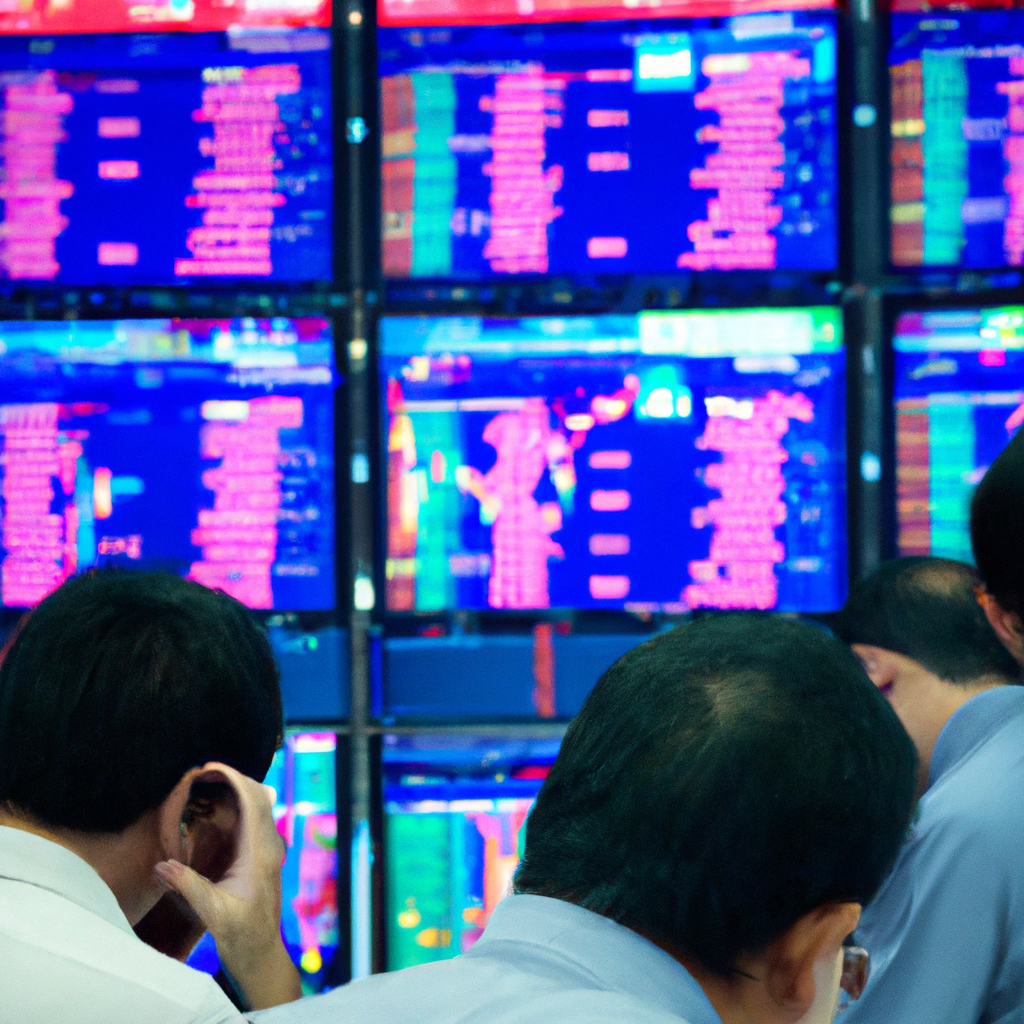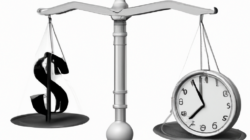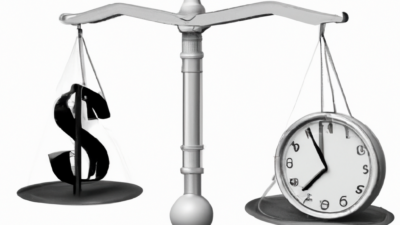In the intricate world of global finance, commodities trading stands as a cornerstone, influencing everything from the price of your morning coffee to the cost of filling up your car. But what exactly is commodities trading, and how does it function within the broader economic landscape? This article delves into the mechanics of commodities trading, unraveling its complexities to provide a comprehensive understanding of how this vital market operates. From the bustling trading floors of major exchanges to the sophisticated algorithms driving electronic trades, we will explore the key players, the various types of commodities, and the factors that drive market movements. Whether you're a seasoned investor looking to diversify your portfolio or a curious observer eager to understand the forces shaping global trade, this article will equip you with the knowledge to navigate the dynamic world of commodities trading.
Sure, here's a comprehensive content outline for an article on "How Commodities Trading Works":
“`html
<!DOCTYPE html>
<html lang="en">
<head>
<meta charset="UTF-8">
<meta name="viewport" content="width=device-width, initial-scale=1.0">
<title>How Commodities Trading Works</title>
<style>
body {
font-family: Arial, sans-serif;
line-height: 1.6;
margin: 0;
padding: 0;
background: #f4f4f4;
}
.container {
width: 80%;
margin: auto;
overflow: hidden;
}
h1, h2, h3 {
color: #333;
}
p {
color: #666;
}
.section {
margin: 20px 0;
padding: 20px;
background: #fff;
border-radius: 5px;
box-shadow: 0 0 10px rgba(0,0,0,0.1);
}
</style>
</head>
<body>
<div class="container">
<div class="section">
<h1>Introduction</h1>
<p>Commodities trading refers to the buying and selling of raw materials or primary products. These commodities can include a wide range of items such as oil, gold, agricultural products, and more. This article aims to provide a comprehensive understanding of how commodities trading works, including the different types of commodities, the platforms used for trading, and the risks and benefits involved.</p>
</div>
<div class="section">
<h2>Types of Commodities</h2>
<p>Commodities are generally classified into four broad categories:</p>
<ul>
<li><strong>Metals:</strong> Includes gold, silver, platinum, and copper.</li>
<li><strong>Energy:</strong> Includes crude oil, natural gas, and gasoline.</li>
<li><strong>Agriculture:</strong> Includes wheat, corn, coffee, and cotton.</li>
<li><strong>Livestock and Meat:</strong> Includes live cattle, pork bellies, and feeder cattle.</li>
</ul>
</div>
<div class="section">
<h2>Trading Platforms</h2>
<p>Commodities can be traded on various platforms, including:</p>
<ul>
<li><strong>Futures Exchanges:</strong> These are centralized exchanges where futures contracts are traded. Examples include the Chicago Mercantile Exchange (CME) and the New York Mercantile Exchange (NYMEX).</li>
<li><strong>Over-the-Counter (OTC):</strong> Trading that occurs directly between two parties without the oversight of an exchange.</li>
<li><strong>Electronic Trading:</strong> Many commodities are now traded electronically, which offers greater flexibility and accessibility.</li>
</ul>
</div>
<div class="section">
<h2>How Trading Works</h2>
<p>Commodity trading typically involves the following steps:</p>
<ol>
<li><strong>Market Research:</strong> Traders conduct thorough research to understand market trends, supply and demand factors, and other economic indicators.</li>
<li><strong>Choosing a Commodity:</strong> Based on research, traders choose a commodity to trade.</li>
<li><strong>Selecting a Contract:</strong> Traders then select a futures contract that specifies the quantity, quality, and delivery date of the commodity.</li>
<li><strong>Placing Orders:</strong> Traders place buy or sell orders through their trading platform.</li>
<li><strong>Monitoring Positions:</strong> Traders continuously monitor their positions and market conditions to make informed decisions.</li>
</ol>
</div>
<div class="section">
<h2>Risks and Benefits</h2>
<p>Commodities trading comes with its own set of risks and benefits:</p>
<h3>Benefits</h3>
<ul>
<li><strong>Diversification:</strong> Commodities offer a great way to diversify an investment portfolio.</li>
<li><strong>Inflation Hedge:</strong> Commodities often act as a hedge against inflation.</li>
<li><strong>High Returns:</strong













